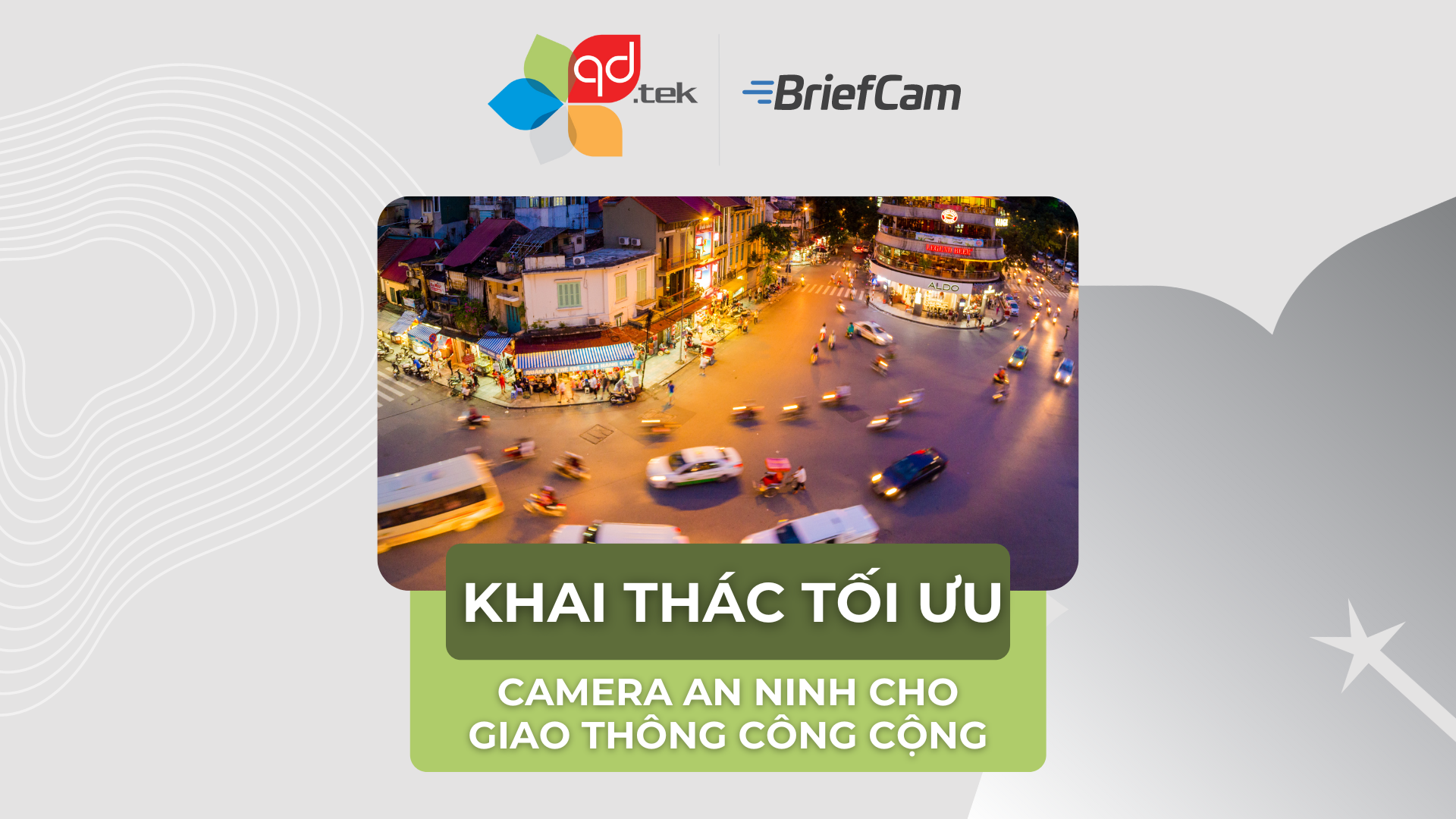
Video data intelligence for transit
Video surveillance for a public transit system is generally regarded as a security solution. And – while that is true in many cases – video can be realized for much greater value when it’s analyzed as an objective data source. By complementing traditional security surveillance infrastructure with video analysis technology, public transit organizations can leverage actionable and quantifiable intelligence for combatting challenges in addition to and beyond safety and security. From overcrowding and traffic bottlenecks in transit stations to trespassing or unauthorized intrusion, as well as theft, vandalism, and assaults, among others, video intelligence can empower transit providers to realize the full value of their video surveillance investments for driving intelligent decision making and strategization.
By enhancing their traditional video surveillance with intelligent analytics, transit authorities can increase efficiency and safety and transform video into searchable, actionable, and quantifiable intelligence for protecting transit stations, terminals, and riders.
Combatting crime
Investigating crimes that have transpired on a transit vehicle or in a station is a traditional use of a video surveillance system. With the sophisticated search and filter applications of video analysis technology, public transit safety and security teams can conduct forensic investigations with speed and precision.
Video analysis technology allows security teams to review incidents quickly and accurately in their immediate aftermath, to reduce their time-to-target and understand what occurred. Based on this insight, transit police might be able to configure alerting logic to try and prevent future incidents. By triggering notifications for pre-defined suspicious behaviors, a video analytics system can increase a security team’s situational awareness and enable decision-making in the immediate aftermath of a situational change. For example, transit authorities can be alerted to behavior such as loitering near a platform or unauthorized entry to a vehicle lot. A timely notification can drive proactive responses and preventative decision-making when time is of the essence.
Tackling traffic
Those who frequently travel on public transit know that buses, subways and trains can get quite crowded during peak commuting times. Video data can empower transit providers to make the experience more streamlined and pleasant for riders with a deeper understanding of occupancy, crowding, and traffic trends across stations and terminals.
Beyond trigger real-time alerts to respond to crowd formation, transit operators can visualize video data and make decisions based on trend analysis. Video intelligence technology can help transit managers better understand traffic patterns and crowding trends and anticipate expected peaks and spikes over time. This can both help in configuring smarter alerting triggers (for real-time intervention to evolving situations) as well as forming better strategies in the long term based on a deeper awareness of behavioral patterns in the terminal.
Managing maintenance
Choosing public transit should not come at the expense of traveler wellbeing and cleanliness. Regular maintenance and cleaning of terminals is key to ensuring the public health, safety and comfort of riders passing through terminals and stations. Video analytics enables the deployment of maintenance and cleaning crews based on actual terminal traffic and facilities usage instead of traditional pre-scheduled timetables. This means that cleaning can be triggered based on the number of people that have used a bathroom or cafeteria, instead of at regular intervals throughout the day, for operational efficiency and effectively utilizing staff resources.
Source: briefcam.com
Nguồn: Briefcam.com